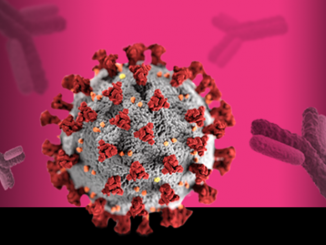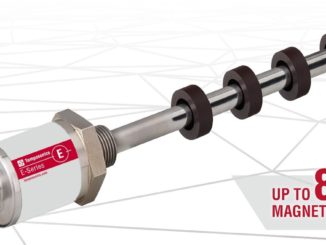
Unseen but close at hand to patients and medical staff battling Covid-19 are tiny, highly sensitive paramagnetic sensors from Hummingbird Sensing Technology that perform a crucial role inside respiratory ventilators. They can detect and assess paramagnetism, a characteristic of certain materials such as oxygen which have a weak attraction to magnetic fields.
Critical care ventilators (pictured above, courtesy medscape.com)form an essential part of any treatment for severe respiratory diseases and disorders. They have been vital for patients unfortunate enough to develop the more severe complications of the Covid-19 coronavirus.
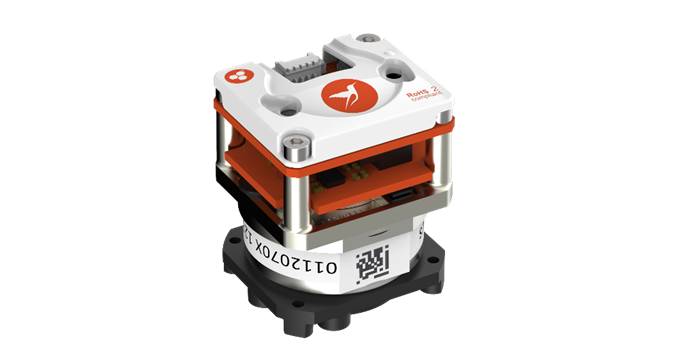
“Our Paracube sensor is used in the control and safety system of the ventilator, to ensure the oxygen mixture that respiratory therapists select on a ventilator control panel is correctly delivered to the patient,” explains Martin Cox, Hummingbird business unit director. Inside the protective housing of each sensor is a tiny, paramagnetic cell.
“Paramagnetic cells consist of two nitrogen-filled glass spheres, mounted on a thin wire suspension within a strong magnetic field. Oxygen is naturally paramagnetic, so is attracted to the magnetic field, creating a force on the spheres – the torque acting on the suspension is directly proportional to the concentration of oxygen within the gas mixture,” relates Cox.
“This technology is non-depleting and requires no reference gas, so paramagnetic cells supplied with a clean dry non-condensing sample gas never need replacement. The performance does not deteriorate over time, giving significant benefits to ongoing maintenance costs and sensor lifespan.”
Applications for these sensors are mainly medical, including neo-natal incubators, anesthesia delivery systems and cardio-pulmonary function testing, notes Cox. “However, with the current pandemic, critical care ventilators are where these sensors are being used the most right now.”
Based in Crowborough, England, Hummingbird is the sensing technology division of Servomex, which makes gas analysis instruments for medical and industrial applications. Hummingbird supplies its sensors to equipment manufacturers around the world. Its Paracube products are an innovative range of compact paramagnetic oxygen sensors for use in industrial and medical sectors. The range consists of the Micro, Modus, and Sprint. The Modus is the world’s first vibration-resistant paramagnetic oxygen sensor, designed for transportable medical and analytical applications.
How it works

The company’s Magnetodynamic Paramagnetic technology provides fast, accurate and sensitive measurement of percentage levels of oxygen. Two nitrogen-filled glass spheres are mounted within a magnetic field, on a strong, noble metal taut-band rotating suspension, with a centrally placed mirror. Light shines on the mirror and is reflected onto a pair of photocells. As oxygen is attracted into the magnetic field, it displaces the glass spheres, causing suspension rotation which is detected by the photocells.
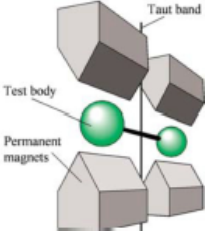
Basically, the more oxygen present, the further the glass spheres are pushed from the magnetic field. This generates a signal to a feedback system, which passes a current through a wire mounted on the suspension, creating a motor effect. This current is directly proportional to the concentration of oxygen within the gas mixture. Unlike electrochemical technologies, a paramagnetic cell never needs changing and offers a performance that never deteriorates.
Wikipedia defines paramagnetism as a form of magnetism whereby some materials are weakly attracted by an externally applied magnetic field, and form internal, induced magnetic fields in the direction of the applied magnetic field. The magnetic moment induced by the applied field is linear in the field strength and rather weak.
Industrial applications
The technology has also proven fundamental in many industrial analysis processes including measurements for gas purity, oxygen detection for life safety and in continuous emissions monitoring systems that ensure legislative requirements on emissions reductions are met.
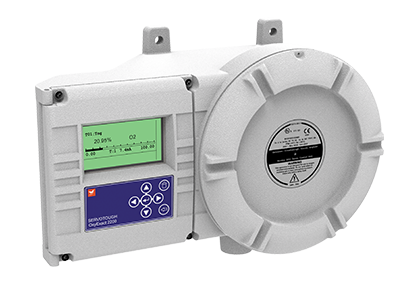
The OxyExact 2200 oxygen analyzer from Servomex, for example, combines the company’s high-precision paramagnetic oxygen sensing technology into a format optimized to meet the needs of demanding process monitoring applications like feedstock purity testing and clean-up, hydrogen and chlorine production, solvent recovery and sewage and sludge driers.
Its three-enclosure system facilitates simplified and versatile sampling of any flammable gas up to 100% oxygen with no need for pre-sample drying which can dramatically reduce operational costs. For connectivity, especially in dangerous process control environments, it has up to six transmitters that can be linked to a single control unit.
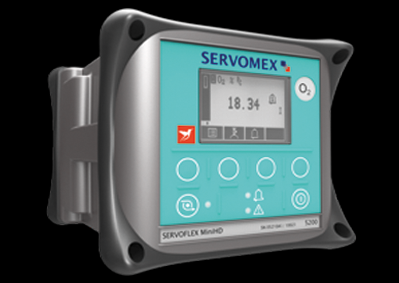
The MiniHD 5200 is a portable analyzer from Servomex for medical, field and light industrial use that employs paramagnetic technology for oxygen detection, and also monitors for carbon monoxide and carbon dioxide. Increased use of critical care ventilators can raise oxygen levels in hospital wards, creating a combustion risk. It enables regular, accurate testing at multiple sites across a hospital, safeguarding against dangerous oxygen-enriched environments.
For more info, www.hummingbirdsensing.com and www.servomex.com.


